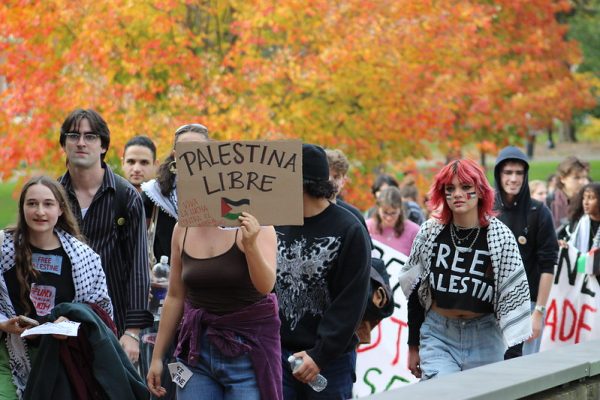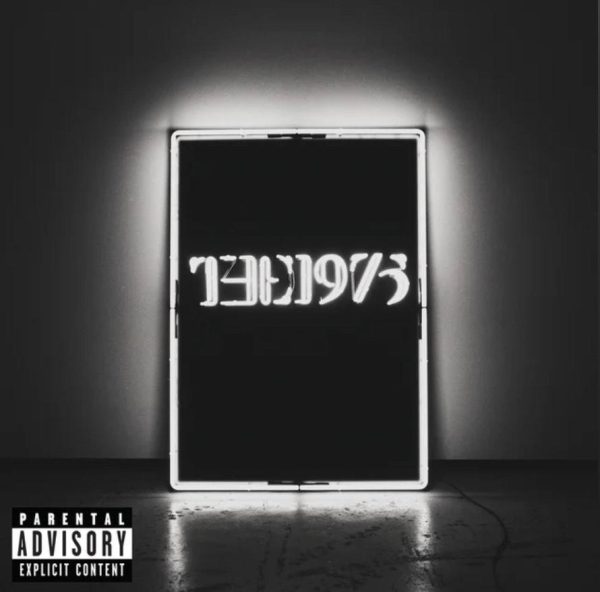In defense of the comment section
By removing comment sections, news outlets are removing the forums for public debate.
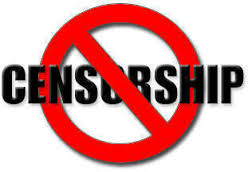
(TNIOP/Wikimedia Commons)
In today’s ever-evolving digital media landscape, the comment section has become somewhat omnipresent. While some regard it as the great public commons, many others consider it The Wild West of the Internet, where one can find intelligent rebuttals, vitriolic attacks, and irrelevant conjecture.
Moderating these sections is no easy task, especially with news pages and channels that have millions of followers. So challenging has this task gotten that many organizations simply shut off the comment section altogether, such as the 60 Minutes Australia YouTube channel. This censorship is happening in local papers as well.
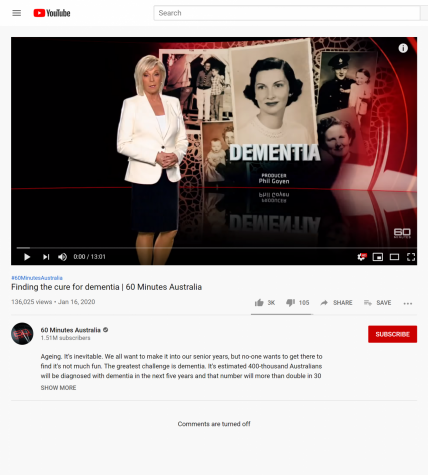
Recently, an opinion article was posted in the Massachusetts Daily Collegian, about the re-framing of The Nutcracker, which the author considered to be racist and outdated. As I finished the article and scrolled to the end, I saw something that shocked me. “Comments Are Closed For This Article”. Why would the Collegian choose to shut down comments on such a contentious issue? If anything, the contentious nature makes it even more important that readers’ voices are heard.
As journalists, our responsibility is first and foremost to the general public. Transparency is a cardinal tenet. Shutting off the comment section only widens the gap between the readers and the writers. As challenging as it may be to wade through what may sometimes seem like a sea of ignorance, it is paramount that news organizations allow comments. As public trust in media and journalism has seemingly eroded in the past decade, shutting off one of the only tools that the general public has to express their own opinions, offer up ideas, and even make useful corrections or add perspective seems counterproductive.
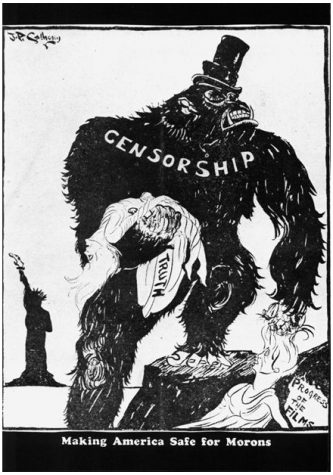
(J.P. Cathony/Wikimedia Commons)
According to Buzzfeed News, the New York Times has bucked a growing trend among digital media outlets to ban comments, scrupulously curating and editing them in an attempt to have the best of both worlds. An area where readers can comment, criticize and debate, but also an area free of ”flame wars”, irrelevant trolls, and those with bad-faith agendas.
Journalists have always been gate-keepers. Separating fact from fiction in an effort to present the most accurate version of whatever is being reported on. Is it possible for other journalistic organizations to reach this healthy medium that the New York Times has seemingly achieved, or is this simply an unrealistic and Utopian request in the polarized world we live in?
Karen List is a professor of Journalism Law and Ethics at the University of Massachusetts-Amherst. Having taught across the United States for over 20 years, she sat down to share her insight into a rapidly evolving medium. “I think today [in journalism], we are especially interested in transparency which leads to credibility,” said List. “We need that. So then opening up to the audience seems to build those things.”
List went on to highlight some of the intrinsic benefits to accessible comment sections on news sites. “Audience comments add to the marketplace of ideas, to the vitality. I think personally, as a First Amendment person, that it’s very important that people have outlets like comment sections so they can talk about what they think, how they feel.”
Nevertheless, List’s positive remarks were not without their caveats, as she also talked about the dark side and potential negative implications of comment sections. “I can certainly see the argument that [comment sections] detract and it’s because of the instability and nasty nature of public discussion today,” she said. “Comments can become so negative and polarizing that the media outlets feel that it shuts down discussion, and people who otherwise might comment do not because they fear being trolled or attacked.”
In a December 2017 article from The Intercept, famed American-Brazilian investigative journalist Glenn Greenwald talked about the essentially of comment sections on news sites.
“[The comment sections] have been critical for building online communities, ensuring that journalists participate in a two-way dialogue with readers rather than monologues, that media outlets are compelled to answer to their readership (who often provide valuable challenges and correctives to stories that serve as healthy checks), and have been an invaluable asset for reporters whose important stories are often catalyzed and bolstered by information offered from readers.”
While comment sections can often carry their fair share of cyber baggage, they also remain an indispensable tool in today’s media landscape, serving as a conduit between the reader and the journalist. Free and open journalism is predicated on a free and open democracy. Although the work can be time-consuming and laborious, I strongly believe that comment sections should be moderated and not done away with. Above all, this will help to preserve and maintain the back-and-forth, however tenuous, that we have all come to expect as a right in a democratic society.



